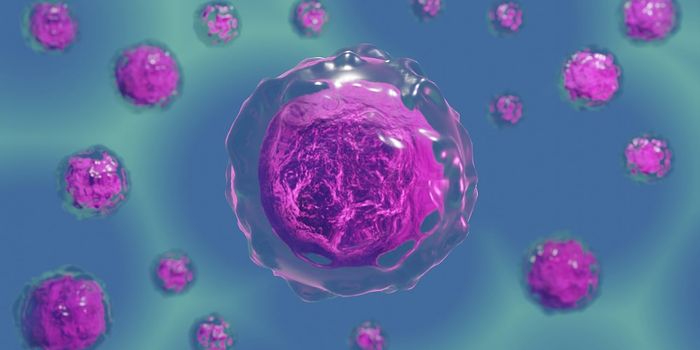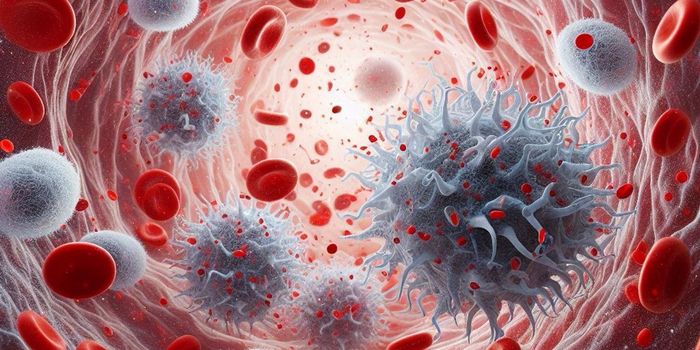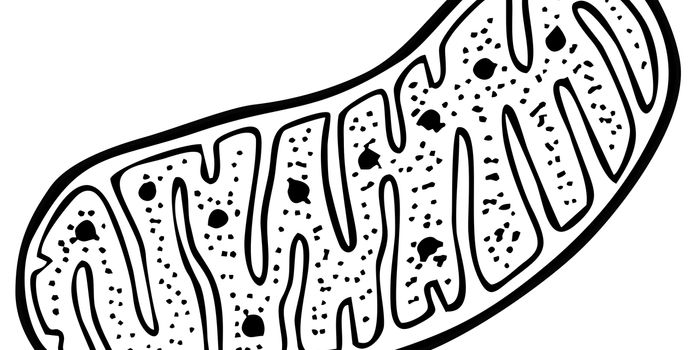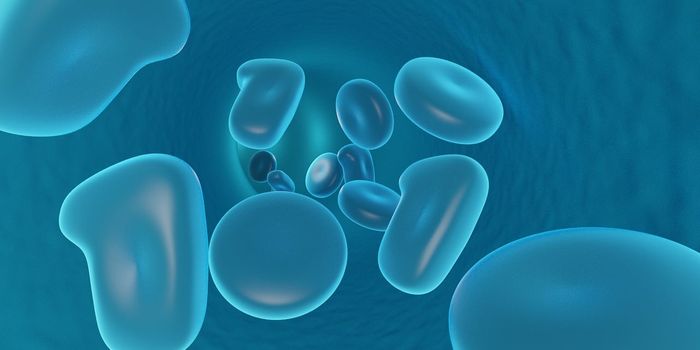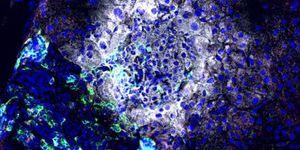Scientists Discover New Subtype of Immune Cell
A recent study from the Immunology Frontier Research Center (IFReC) in Japan led to the discovery of a new group of monocytes with a strange morphology that have been implicated in dangerous fibrosis. In light of this recent discovery scientists are invested in developing a drug to treat the condition.
The newly discovered lymphocytes were described as having a “bi-lobed segmented nuclear shape and many cytoplasmic granules by IFReC professor Shizuo Akira. He and his team thus called the new cells “segregated nucleus atypical monocytes,” or “SatM.” Observations from Akira’s team led to the realization that these new cells could be responsible for causing fibrosis, scarring that can be dangerous if unattended due to a thickening of the tissues, in mice.
“Clear definitions of the subpopulations [of immune cells] are essential for properly diagnosing and treating diseases,” Akira explained. “Our discovery of SatM should improve therapeutic strategies against fibrosis.”
The researchers studied immune cell subpopulations that commonly found in fibrotic tissue, and found that these cells were regulated by C/EBP-beta, a protein that comes from a family of transcription factors that are commonly expressed in adipocytes, hepatocytes, and monocytes.
Mice with C/EBP-beta knocked out produced no SatM as opposed to normal mice, but no other changes were observed. The mutant mice were also more resistant to fibrosis, except when they were exposed to SatM, where their vulnerability to fibrosis appeared to be more like normal mice that produced SatM on their own.
After developing their understanding of the relationship between the newly discovered SatM cells and fibrosis, the scientists also identified the progenitor cells responsible for producing SatM, and C/EBP-beta appeared to be responsible for maintaining progenitor cells.
Indeed, the findings from this research study show the simultaneous identification of a new type of monocyte, a target for preventing fibrosis, and the potential isolation of cells leading to fibrosis for future treatments.
This study was recently published in the journal Nature.
Sources: Osaka University, Immunobiology


